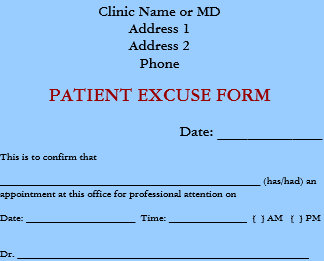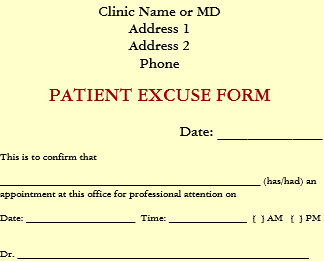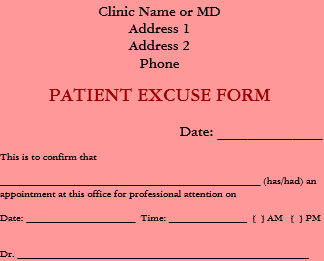What is the FMLA Expansion Act?
Generally, the FMLA Expansion Act expands FMLA on a temporary basis and allows an eligible employee (employed at least 30 days and has not exhausted FMLA already) to take up to 12 weeks of job protected leave to care for the employee’s child if the child’s school or place of care is closed or the childcare provider is unavailable because of the COVID-19 public health emergency. The first 10 days (reduced from 14) of leave may be unpaid, but the employee can also elect to use any accrued vacation leave, personal leave, or medical or sick leave to cover some or all of the 10-day period. After the initial 10-day period, an employer must start to pay an employee at 2/3 of the employee’s regular compensation rate for the number of hours the employee would otherwise be normally scheduled, capping out at $200 per day/ $10,000 total per employee. Employers with 25 or more employees also have an obligation to return an employee to work at the same or equivalent position upon return to work, while employers with fewer than 25 employees are generally excluded from this requirement if the position no longer exists due the public health emergency, which could include financial consequences to the practice.
What is the Sick Leave Act?
Under the Sick Leave Act, employers will be required to provide up to 80 hours of paid sick leave to full-time employees. They must also provide part-time employees with leave based on the average number of hours the part-time employee works. The coverage will apply if:
- The employee is subject to a federal, state or local quarantine or isolation order related to COVID-19.
- The employee has been advised by a health care provider to self-quarantine due to COVID-19 concerns.
- The employee is experiencing symptoms of COVID-19 and seeking medical diagnosis.
- The employee is caring for an individual subject to a quarantine or isolation order, or who has been advised to self-quarantine.
- The employee is caring for a child whose school or place of care has been closed, or the child care provider is unavailable due to COVID-19 precautions.
- The employee is experiencing any other substantially similar condition specified by Health and Human Services (“HHS”) in consultation with the Department of Treasury and Department of Labor.
Employees are entitled to use of the paid sick time regardless of their length of employment. Total paid leave (for items 1-3) is capped at $511 per day/$5,100 in the aggregate per employee. The cap is $200 per day/$2,000 in the aggregate per employee for leave, for items 4-6.
Does the FMLA Expansion Act and Sick Leave Act apply to my medical practice?
Both of these acts apply to certain public employers and private employers with fewer than 500 employees. Small businesses with fewer than 50 employees may qualify for an exemption from the requirement if it would jeopardize the viability of the business as a going concern. To take advantage of a small business exemption, the practice should document why the practice would be harmed if it offered the benefits. The exact criteria for an exemption will be set forth by the Department in more detail in forthcoming regulations.
Does the FMLA Expansion Act and Sick Leave Act apply to health care providers?
Employers who employ “healthcare providers” or “emergency responders” may currently elect to exclude such employees from eligibility for these laws. The definition of healthcare worker appears to be taken from Family and Medical Leave Act and includes medical/osteopathy doctors; podiatrists, dentists, clinical psychologists, optometrists, chiropractors, nurse practitioners, nurse midwives, clinical social workers, and physician assistants. Under both Acts, the Department of Labor is given the authority to issue regulations “for good cause” by which health care providers and emergency responders are excluded from the definition of “employee” and thus be ineligible for benefits. We await further details from the Department on this language.
When will these laws take effect?
The actual effective date of these laws will be April 1, 2020 and will cover events occurring through December 31, 2020. These laws are not retroactive. Paid sick time provided under these laws will not carry over from one year to the next and employees are not entitled to reimbursement for unused leave upon termination, resignation, retirement or other separation from employment.
Should I lay off my employees?
Every practice needs to assess whether or not it can afford to continue operations, particularly if its business relates to services which are elective or unnecessary during this COVID-19 crisis. Make a full assessment of all practice staff and decide what the practice can and cannot afford and who is essential to any ongoing operations. If you decide to keep some staff employed while laying off other employees, make sure you make those decisions on a legitimate, non-discriminatory basis, as federal and state discrimination laws remain in effect. Also, make sure you know what unemployment benefits are being offered in your state, from which your employees may benefit during the pandemic. Employers should also review any employees with contracts and see whether new arrangements can be reached in writing for the benefit of all parties. If not, the practice should consider providing notice of termination to such contracted employees (in accordance with the contract) so the clock starts to run while the parties negotiate and/or the practice recovers. In the worst-case scenario, the practice will be obligated to cover compensation and benefits through the notice period. Failure to follow your contracts properly will expose the practice to a breach of contract claim so a practice should avoid terminating physicians “for cause” unless contract language clearly supports such a termination.
This is a difficult time for the entire country and physician practices are no exception. Most physician practices are likely too small to be covered by these new laws and should watch for guidance on how to be exempted from coverage. If you are uncertain how these new laws apply to your practice, please talk with counsel.
15% Off Medical Practice Supplies
VIEW ALL



No comments:
Post a Comment